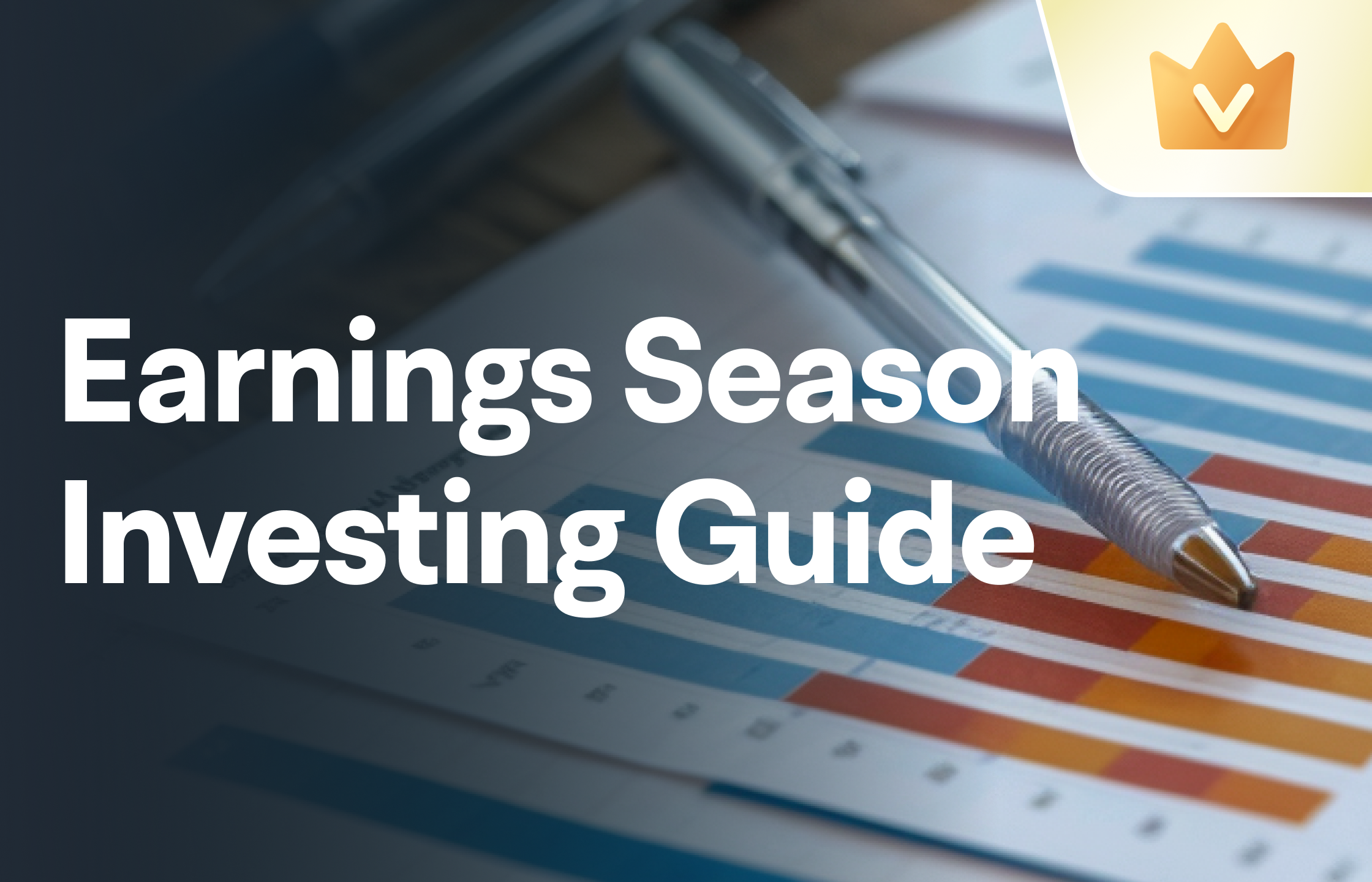Warren Buffett famously said, 'Volatility is far from synonymous with risk.' So it might be obvious that you need to consider debt, when you think about how risky any given stock is, because too much debt can sink a company. We can see that Flowserve Corporation (NYSE:FLS) does use debt in its business. But should shareholders be worried about its use of debt?
AI is about to change healthcare. These 20 stocks are working on everything from early diagnostics to drug discovery. The best part - they are all under $10bn in marketcap - there is still time to get in early.
When Is Debt Dangerous?
Debt is a tool to help businesses grow, but if a business is incapable of paying off its lenders, then it exists at their mercy. Part and parcel of capitalism is the process of 'creative destruction' where failed businesses are mercilessly liquidated by their bankers. However, a more frequent (but still costly) occurrence is where a company must issue shares at bargain-basement prices, permanently diluting shareholders, just to shore up its balance sheet. Of course, plenty of companies use debt to fund growth, without any negative consequences. When we think about a company's use of debt, we first look at cash and debt together.
What Is Flowserve's Debt?
 You can click the graphic below for the historical numbers, but it shows that as of December 2024 Flowserve had US$1.48b of debt, an increase on US$1.21b, over one year. On the flip side, it has US$675.4m in cash leading to net debt of about US$808.8m.
You can click the graphic below for the historical numbers, but it shows that as of December 2024 Flowserve had US$1.48b of debt, an increase on US$1.21b, over one year. On the flip side, it has US$675.4m in cash leading to net debt of about US$808.8m.
A Look At Flowserve's Liabilities
We can see from the most recent balance sheet that Flowserve had liabilities of US$1.47b falling due within a year, and liabilities of US$1.98b due beyond that. Offsetting this, it had US$675.4m in cash and US$1.28b in receivables that were due within 12 months. So it has liabilities totalling US$1.50b more than its cash and near-term receivables, combined.
This deficit isn't so bad because Flowserve is worth US$6.66b, and thus could probably raise enough capital to shore up its balance sheet, if the need arose. However, it is still worthwhile taking a close look at its ability to pay off debt.
We use two main ratios to inform us about debt levels relative to earnings. The first is net debt divided by earnings before interest, tax, depreciation, and amortization (EBITDA), while the second is how many times its earnings before interest and tax (EBIT) covers its interest expense (or its interest cover, for short). Thus we consider debt relative to earnings both with and without depreciation and amortization expenses.
With net debt sitting at just 1.4 times EBITDA, Flowserve is arguably pretty conservatively geared. And it boasts interest cover of 8.0 times, which is more than adequate. Another good sign is that Flowserve has been able to increase its EBIT by 28% in twelve months, making it easier to pay down debt. There's no doubt that we learn most about debt from the balance sheet. But ultimately the future profitability of the business will decide if Flowserve can strengthen its balance sheet over time. So if you're focused on the future you can check out this free report showing analyst profit forecasts.
But our final consideration is also important, because a company cannot pay debt with paper profits; it needs cold hard cash. So it's worth checking how much of that EBIT is backed by free cash flow. In the last three years, Flowserve's free cash flow amounted to 43% of its EBIT, less than we'd expect. That weak cash conversion makes it more difficult to handle indebtedness.
Our View
The good news is that Flowserve's demonstrated ability to grow its EBIT delights us like a fluffy puppy does a toddler. And its interest cover is good too. Looking at all the aforementioned factors together, it strikes us that Flowserve can handle its debt fairly comfortably. On the plus side, this leverage can boost shareholder returns, but the potential downside is more risk of loss, so it's worth monitoring the balance sheet. We'd be motivated to research the stock further if we found out that Flowserve insiders have bought shares recently. If you would too, then you're in luck, since today we're sharing our list of reported insider transactions for free.
If you're interested in investing in businesses that can grow profits without the burden of debt, then check out this free list of growing businesses that have net cash on the balance sheet.
Have feedback on this article? Concerned about the content? Get in touch with us directly. Alternatively, email editorial-team (at) simplywallst.com.
This article by Simply Wall St is general in nature. We provide commentary based on historical data and analyst forecasts only using an unbiased methodology and our articles are not intended to be financial advice. It does not constitute a recommendation to buy or sell any stock, and does not take account of your objectives, or your financial situation. We aim to bring you long-term focused analysis driven by fundamental data. Note that our analysis may not factor in the latest price-sensitive company announcements or qualitative material. Simply Wall St has no position in any stocks mentioned.








Comment(0)
Reason For Report